|
Bristol |
|
Page 1 of 1 |
|
Time for an early outing to make sure that everything is working OK and ready for the 2012 season. Our destination was to be the Caravan Club site at Baltic Wharf in Bristol. This is a popular site and you need to make a reservation well in advance if you want to get a pitch. Even at the end of January the site was full up at the weekend. The site is conveniently located for visiting the city and you can walk alongside the harbour right into town. In the summer or at weekends you can take the ferry which will pick you up right outside the campsite’s back gate. Our first visit was a short walk to the dry dock of Brunel’s — SS Great Britain. http://en.wikipedia.org/wiki/SS_Great_Britain We first visited 15 years ago and the work that has been undertaken since is very impressive. The entrance ticket is valid for a year and we felt that it was well worth the money, especially when you see what they have achieved. |
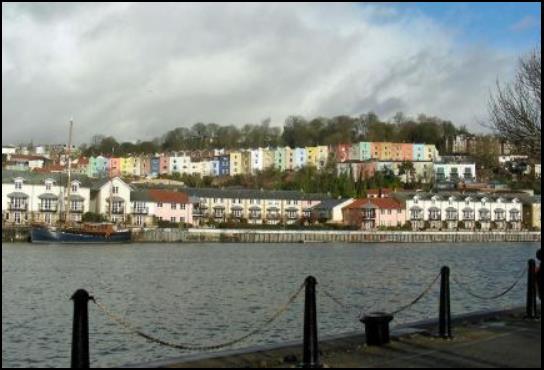
|
Bristol harbour from outside the campsite |
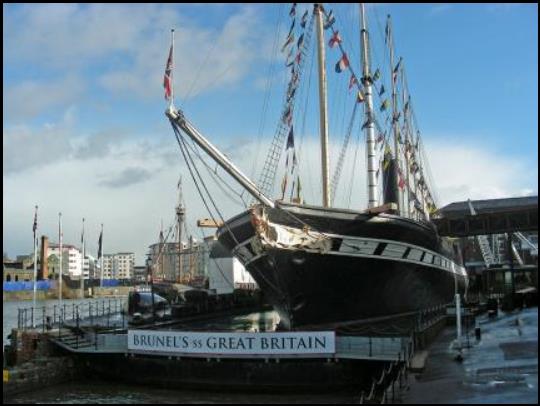
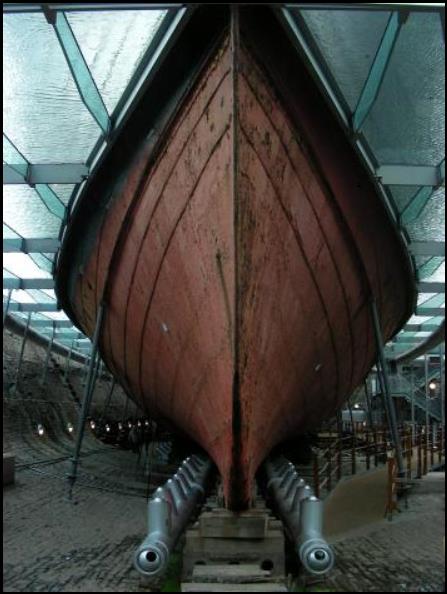
|
From the side of the dry dock it appears that the ship is floating but, in fact, the water is only a few inches deep and lays on top of a re-enforced glass ceiling of the dry dock (see left). On the floor of the dry dock, under the hull of the ship, is a network of stainless steel ducting which is constantly circulating dry air to prevent decay of the fragile hull. Considering the age, the cast iron plating is in pretty good condition but there are areas where rust has eaten through. |
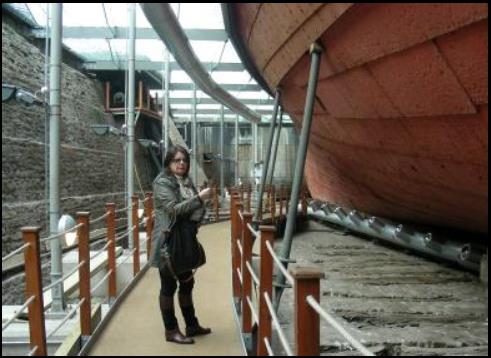
|
On the main deck and down below decks the ship has been restored into a living museum of how life at sea was like for those travellers in the mid 1800’s. Whilst it was perceived as luxury travel at the time I do not think anyone would consider it to be so now. The first class cabins were very, very small and the bunk beds were so narrow that they would only accommodate a child of the 21st century! It was nice to be able to walk into all the exhibits, there were no cordoned-off areas, you could look at everything close up and get a good feel of the atmosphere of the time. There were even authentic aromas wafting around! The history was made interesting for adults and children. We were most impressed. |
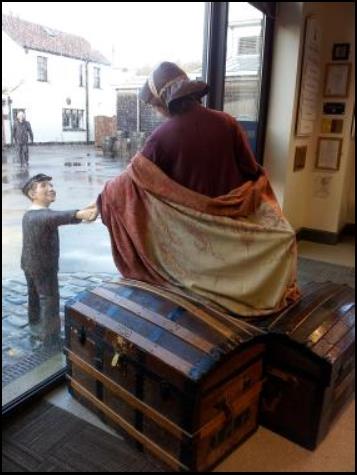
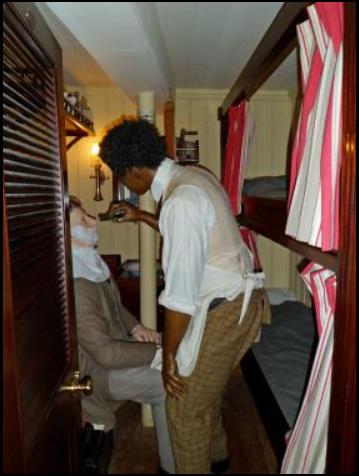
|
Left: A rather clever effect where these emigrants to Australia are holding hands through the glass window of the reception office.
Right: A reconstruction of the first class cabins (note the narrow berths and restricted space). Here a barber is making a bit of extra money whilst on his voyage to Australia. |
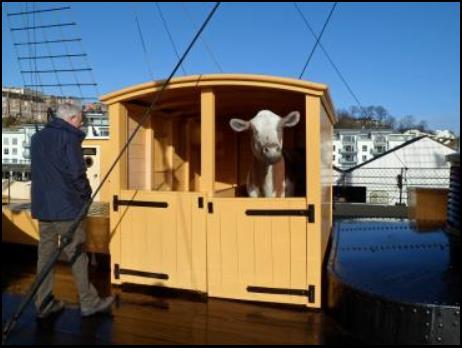
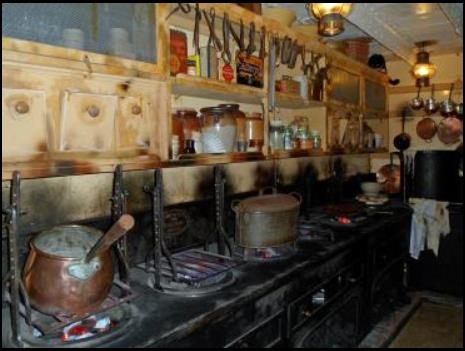
|
Left: Fresh milk supply for first class passengers is kept on deck along with other fresh livestock which was gradually depleted during the journey. Right: Meal is being prepared in the galley. The lids on the pots were rattling! |
|
Left: Moored outside the SS Great Britain is a replica of the Matthew. This is the tiny sailing ship in which John Cabot and his crew set sail, over 500 years ago, for Asia hoping to trade goods and commodities with the people who lived there. However, he finally arrived on the coast of Newfoundland which made him the first to discover America! The replica ship enables you to take to sea and experience what it was like to sail in these ancient vessels. They were brave men! |
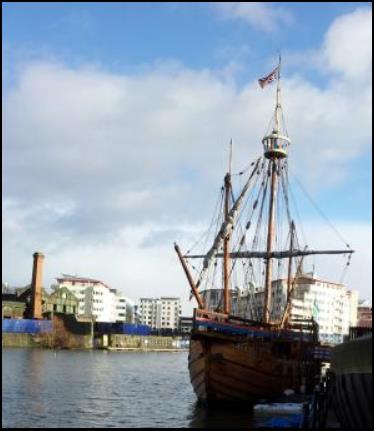
|
Wander along the quay side from SS Great Britain (towards the city) and you will pass the dockside railway and cranes. This is an open air museum and the trains and cranes operate in the summer. Beyond here is an indoor museum known as M shed. The M shed is a museum of Bristol’s past. It was very interesting and had something for all age groups. Unfortunately, photography was not permitted. We were enlightened as to the extent of the engineering industry in Bristol’s recent history and in particular, all kinds of transport. The Bristol Car Company, Bristol Bus Company, Bristol Aviation. Below are a few photos for the nostalgic amongst you! For those of you who are now pensioners you may remember the Bristol Brabazon of 1949/50. This was a 100 seat, propeller driven, passenger aircraft and it was huge for its time. As a small child, I remember watching it make a fly-past over Worthing seafront. Unfortunately, it needed such a long runway that there were very few airports in the world that could handle it. The project was an impressive piece of engineering but a commercial disaster and the prototypes were scrapped without ever entering service. In 1949 the first De Havilland Comet had made it’s maiden flight and the jet age was just around the corner! |
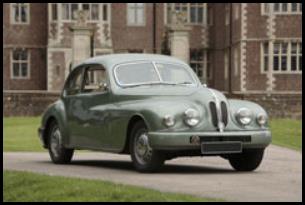
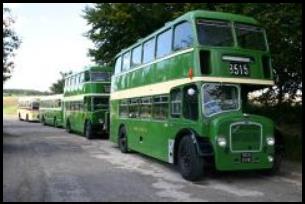
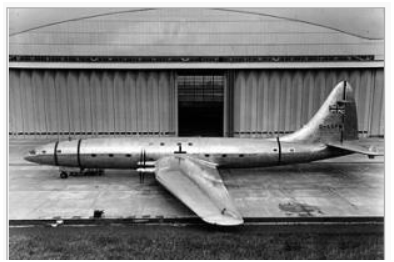
|
The museum also portrays the very extensive damage that Bristol suffered during WWII. It is a friendly and informative history of Bristol and well worth a visit if you are passing by. LINK http://mshed.org/
|
|
Of course, no visit to Bristol would be complete without a wander around the city centre and a little bit of shopping! On our way back to the campsite we had to take shelter from a heavy rainstorm under the canopy of Bristol Hippodrome. We noticed that the Lord of the Dance was on that night. Just on the ‘off chance’ we popped into the Box Office and as luck would have it, there were tickets available for that night! As it turned out, they were excellent seats. The Hippodrome is only a short taxi ride from the campsite and it was an enjoyable evening to round off an interesting visit.
|